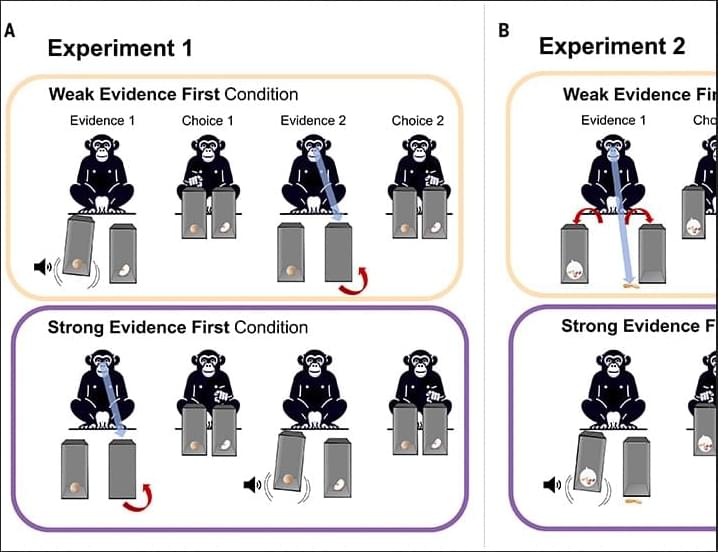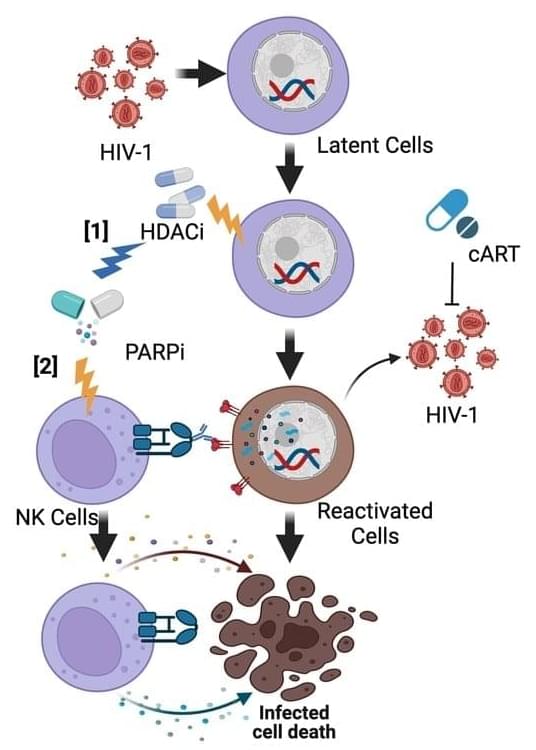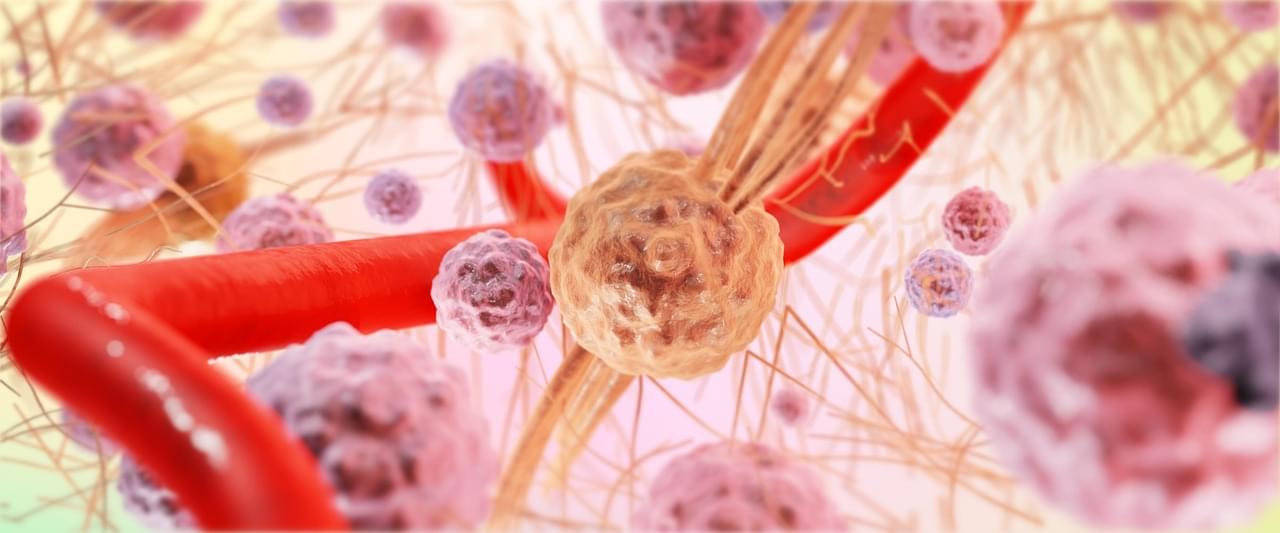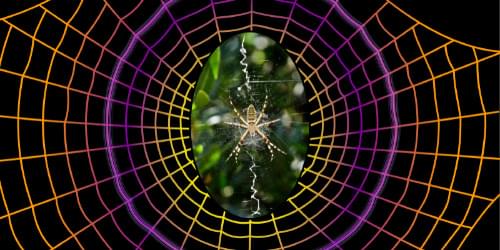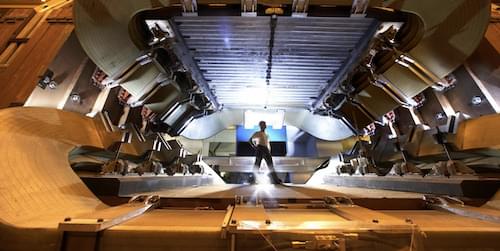Multi-Modality Treg Therapies For Neurodegenerative Diseases — Dr. Fred Grossman, D.O., FAPA — President and Chief Medical Officer — Coya Therapeutics, Inc.
Dr. Fred Grossman, D.O., FAPA is President and Chief Medical Officer of Coya Therapeutics (https://coyatherapeutics.com/), a clinical-stage company focused on developing multi-modality, Regulatory T Cell (Treg) therapies for neurodegenerative diseases. Coya has already developed strong proof of concept data in Amyotrophic Lateral Sclerosis (ALS) and Alzheimer’s, and is also active in the autoimmune and metabolic disease domains.
Dr. Grossman brings over 20 years of drug development expertise having held senior executive leadership positions in large and small pharmaceutical companies, leading the development and FDA approval of numerous multi-billion dollar blockbuster drugs addressing significant unmet medical needs particularly across CNS disorders. He has close relationships with thought leaders worldwide and has negotiated directly with the FDA and Global Health Authorities for approval of many drugs across therapeutic areas.
Dr. Grossman held executive positions at Eli Lilly, Johnson & Johnson, Bristol Myers Squibb, and Sunovion. He served as President and Chief Medical Officer at Glenmark Pharmaceuticals, a $1.5 Billion per annum global pharmaceutical company based in India, overseeing development of an entire pipeline including generics, complex generics including 505(b) candidates, and next-generation biologics (including bi-specific antibodies).
Dr. Grossman also previously served as Chief Medical Officer at Mesoblast, Inc., developing allogeneic cellular therapies for inflammatory diseases.
